Teresa Pągowska's dreamy interpretations of the female form are in London for the first time
‘Shadow Self’ in Thaddaeus Ropac’s 18th-century townhouse gallery in London, presents the first UK solo exhibition of Pągowska’s work
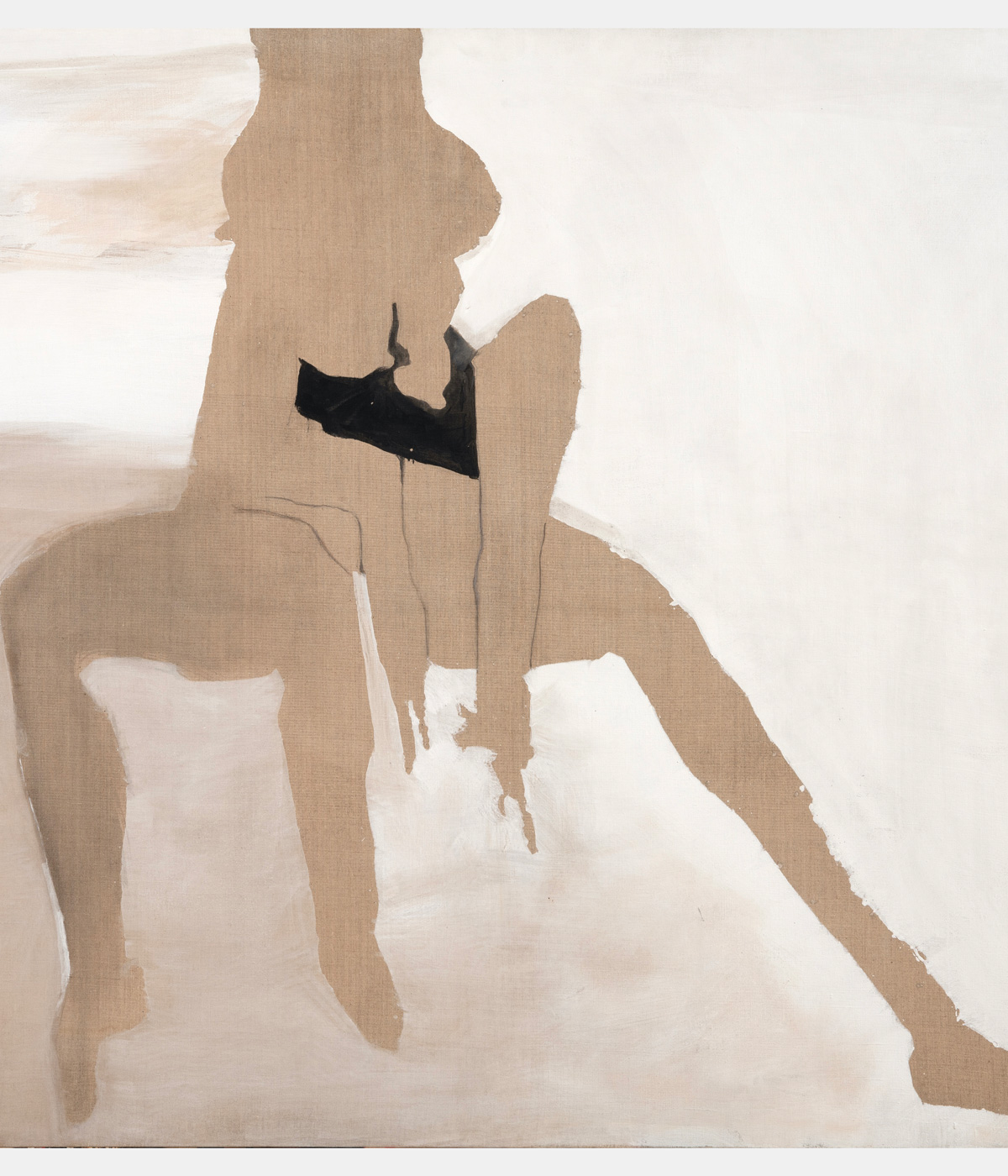
Newspaper cut-outs, collaged works on paper, and oil paintings on unprimed canvases come together in bold interpretations of female form, animals, dreamscapes, and interspecies figures that define the work of Polish artist Teresa Pągowska (1926-2007) .
‘Shadow Self’ in Thaddaeus Ropac’s 18th-century townhouse gallery in London, presents the first UK solo exhibition of Pągowska’s work. The exhibition seeks to introduce Pągowska’s overlooked work to a global audience as curator Oona Doyle explains: 'While Teresa Pągowska is present in Poland and her works are in major institutions, she is not as known internationally in contrast to artists such as Andrzej Wróblewski or Alina Szapocznikow. She deserves proper exposure, and this exhibition will be the rare opportunity to see her works in London.'
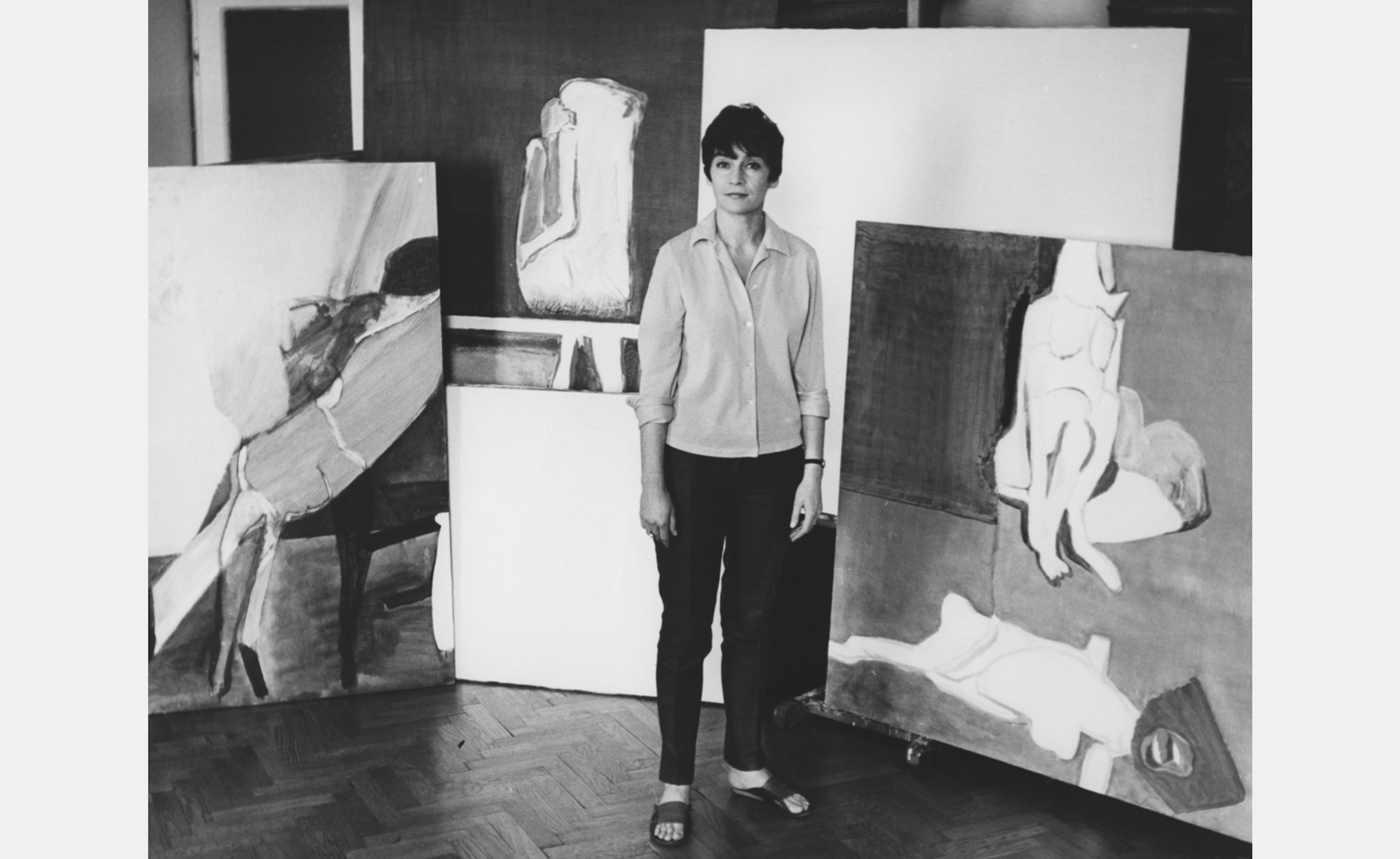
Teresa Pągowska in her studio
Pągowska's approach to the female figure was both sensitive and radical. One striking painting, Untitled (1966) commands attention, with shades of blue, from deep cobalt to soft baby blue, bleeding from background to foreground, delineating a fragmented female figure that sits in the centre of the canvas. Her head appears severed, a haunting symbol of violence and erasure, perhaps a feminist outcry of the battered and fractured experiences of women in postwar Poland. 'The art world was dominated by male artists, and because she worked and lived in Poland, a communist country at the time, that too played a role in limiting her exposure in the West.' Her son Filip Pągowska, who oversees her estate, explains. 'With times changing and the much larger interest in female artists growing, the past injustices are being mitigated.' Filip is also a graphic artist and the man behind the Comme des Garçons logo.
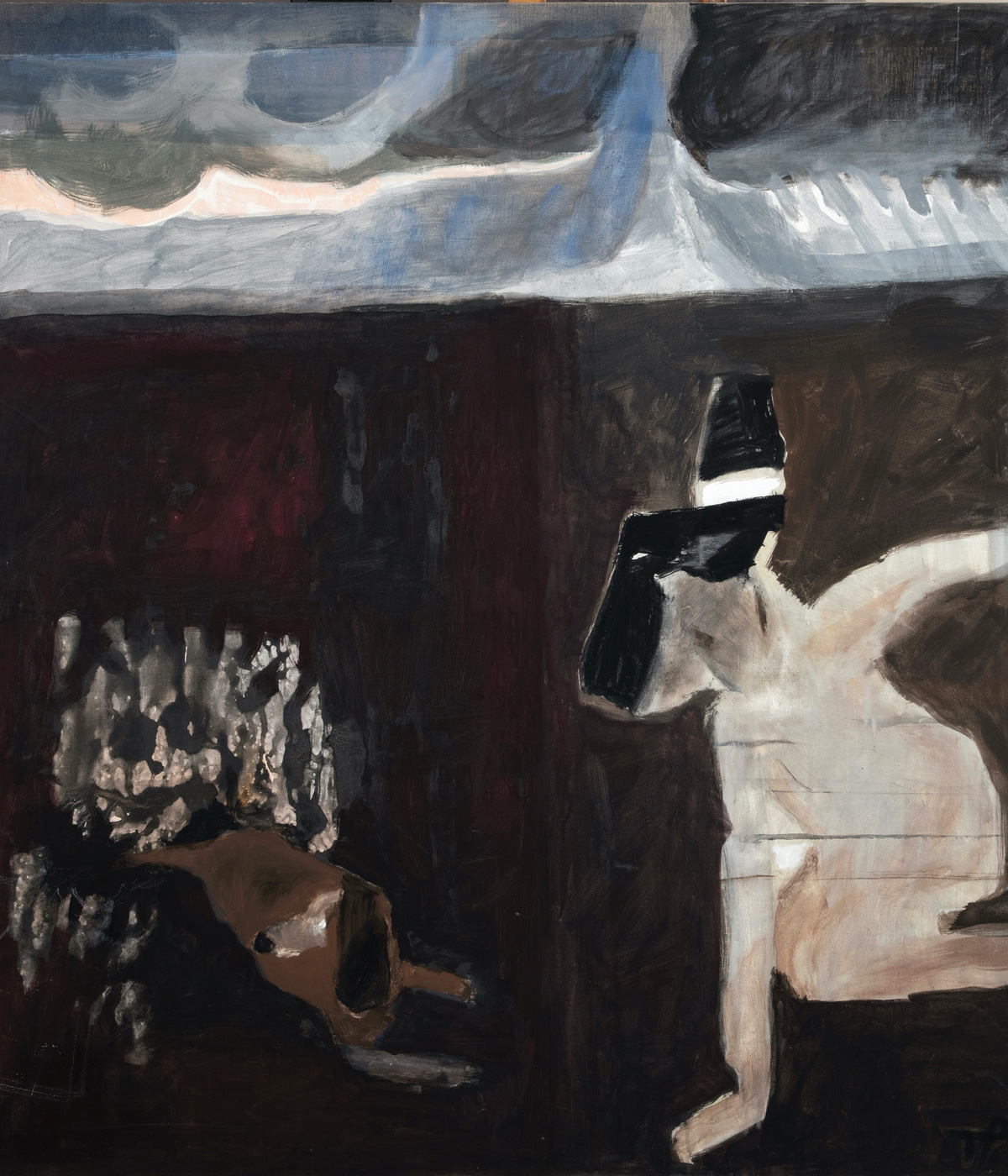
Untitled, 2002/2003
Pągowska's work carries undeniable undercurrents of gender consciousness. Another standout painting in the exhibition, Untitled (1969) is neatly divided by the form of a neon pink crucifix, splitting the green composition into four distinct sections. The severed head motif reappears, this time alongside a fragmented female torso. A single disembodied leg dangles from the top of the canvas, while two limp arms hang from the cross, in a very visceral depiction of dismemberment and sacrifice. 'Every serious artist, consciously or not, develops and then projects some form of personal narration,' Filip explains. 'Teresa’s sensibility has an ability to open and manifest itself in the unexpected, somewhat obscure, provocative, and alluring.'
Pągowska redefined representations of the female figure at a time when not many other artists were resisting traditional narratives with emotional and psychological depth. Her figures sit somewhere between the human and animal, blurring identity and form with a sense of theatricality. ‘Shadow Self’ allows visitors the chance to engage with these forgotten histories and narratives, and to discover new depths within an artist's work who is only today getting recognised for the intimacy and power of her work.
‘Shadow Self’ is at Thaddaeus Ropac London until 2 April
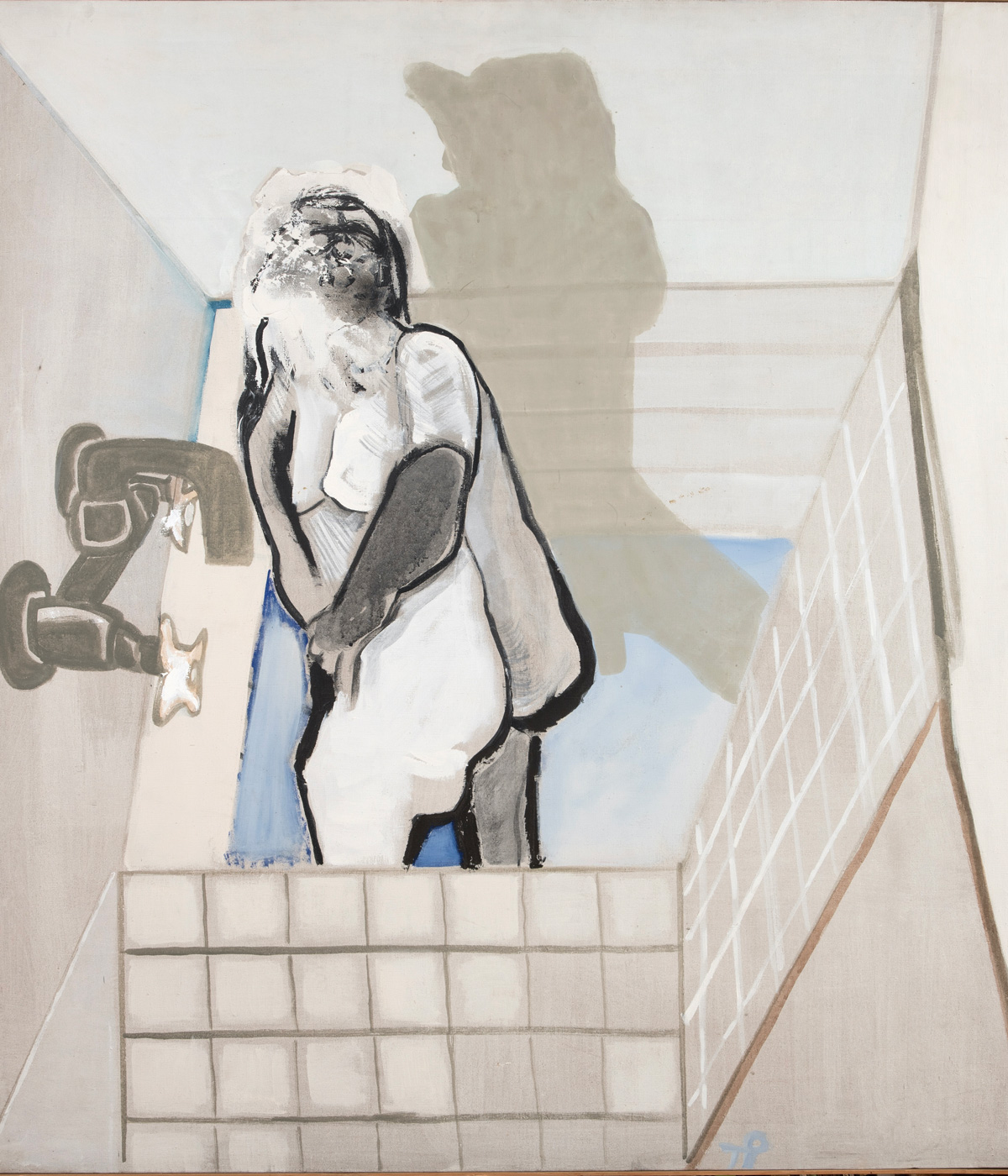
Kąpiel(Bath), 1974
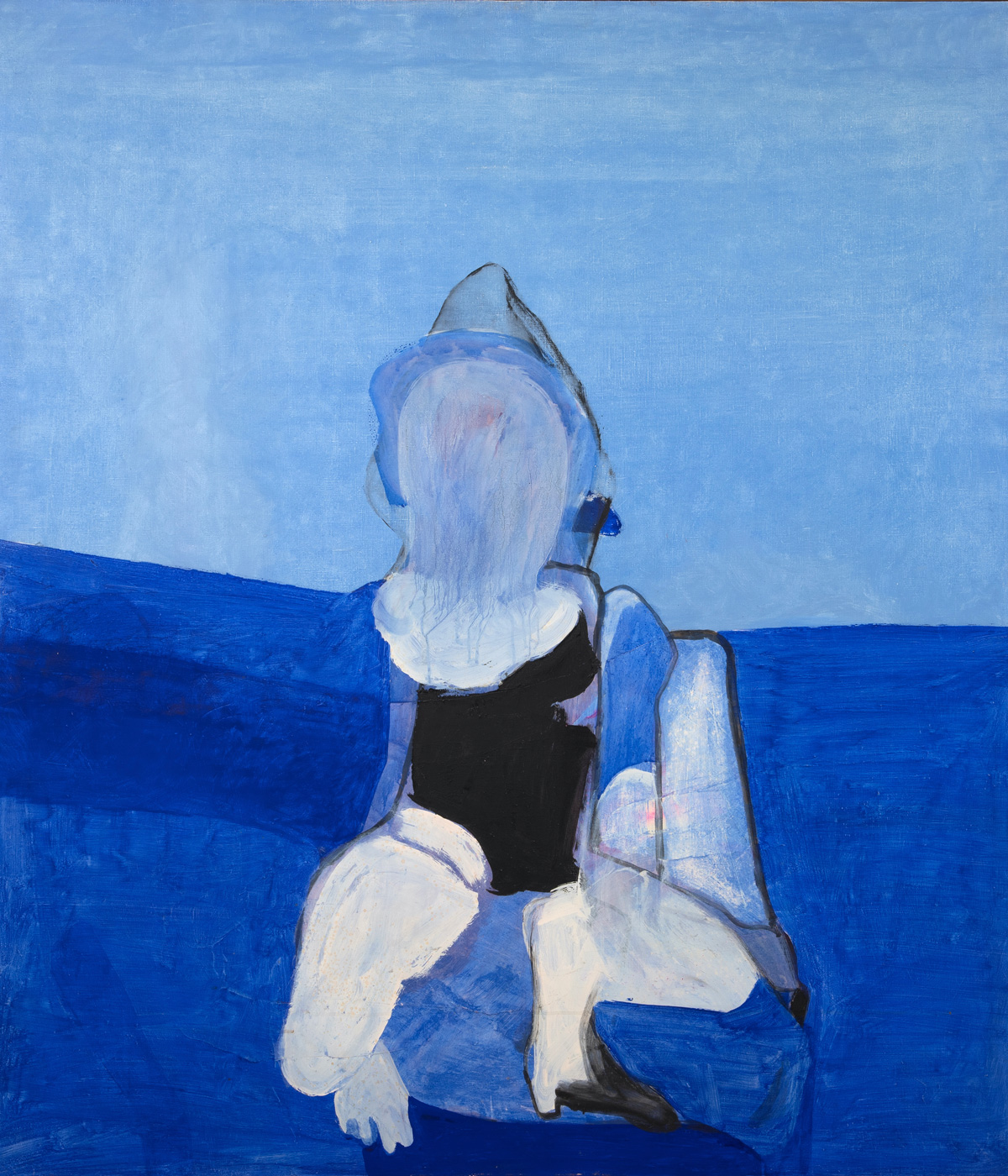
Untitled, 1966
Wallpaper* Newsletter
Receive our daily digest of inspiration, escapism and design stories from around the world direct to your inbox.
-
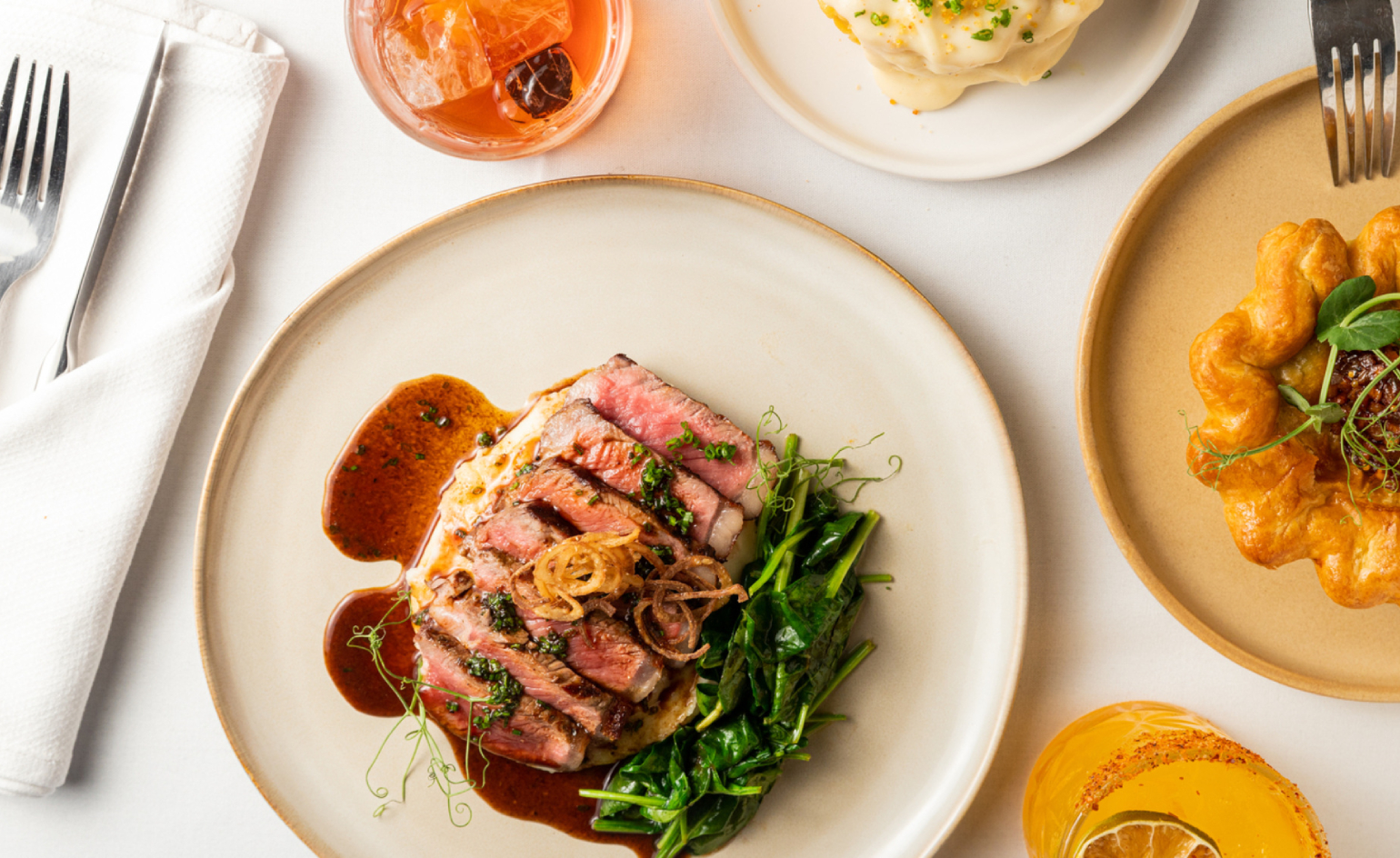 At Linden Los Angeles, classic New York comfort food gets its due
At Linden Los Angeles, classic New York comfort food gets its dueThe restaurant, inspired by a stretch of boulevard bridging Brooklyn and Queens, honors legacy, community and pleasure
By Carole Dixon Published
-
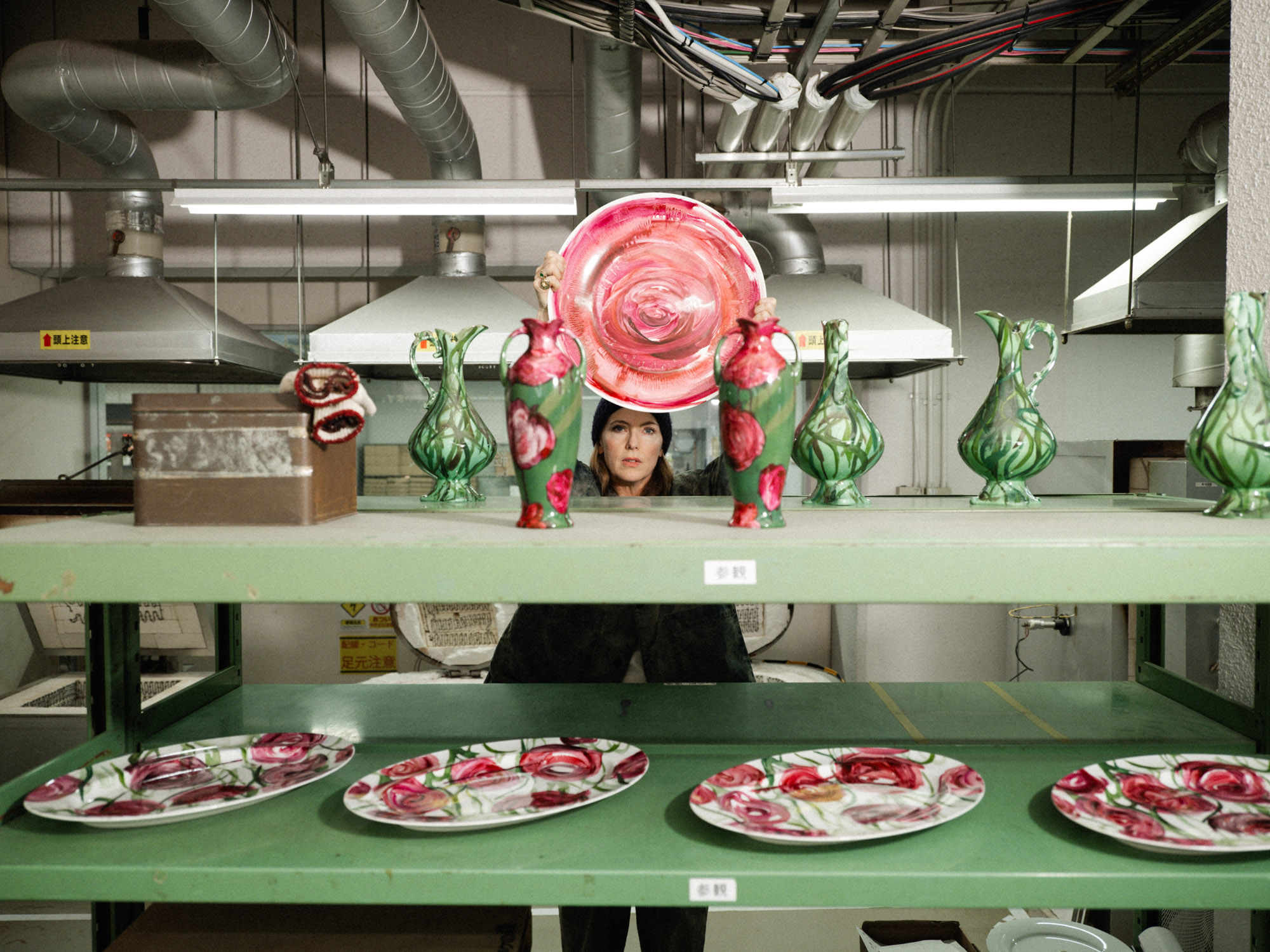 Faye Toogood comes up roses at Milan Design Week 2025
Faye Toogood comes up roses at Milan Design Week 2025Japanese ceramics specialist Noritake’s design collection blossoms with a bold floral series by Faye Toogood
By Danielle Demetriou Published
-
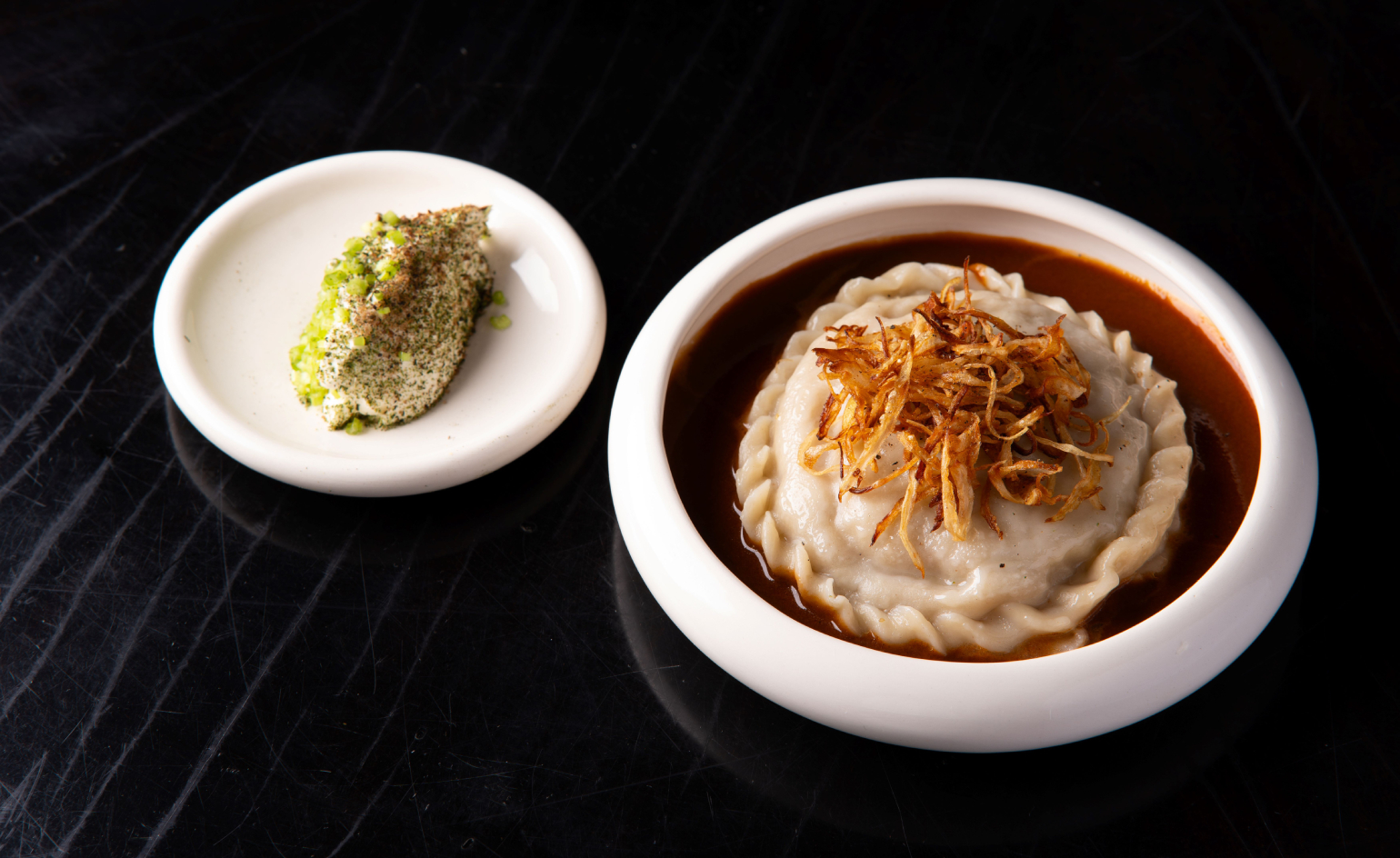 Tatar Bunar puts Ukrainian heritage front and centre
Tatar Bunar puts Ukrainian heritage front and centreFamily recipes and contemporary design merge at this new east London restaurant by Ukrainian restaurateurs Anna Andriienko and Alex Cooper
By Ben McCormack Published
-
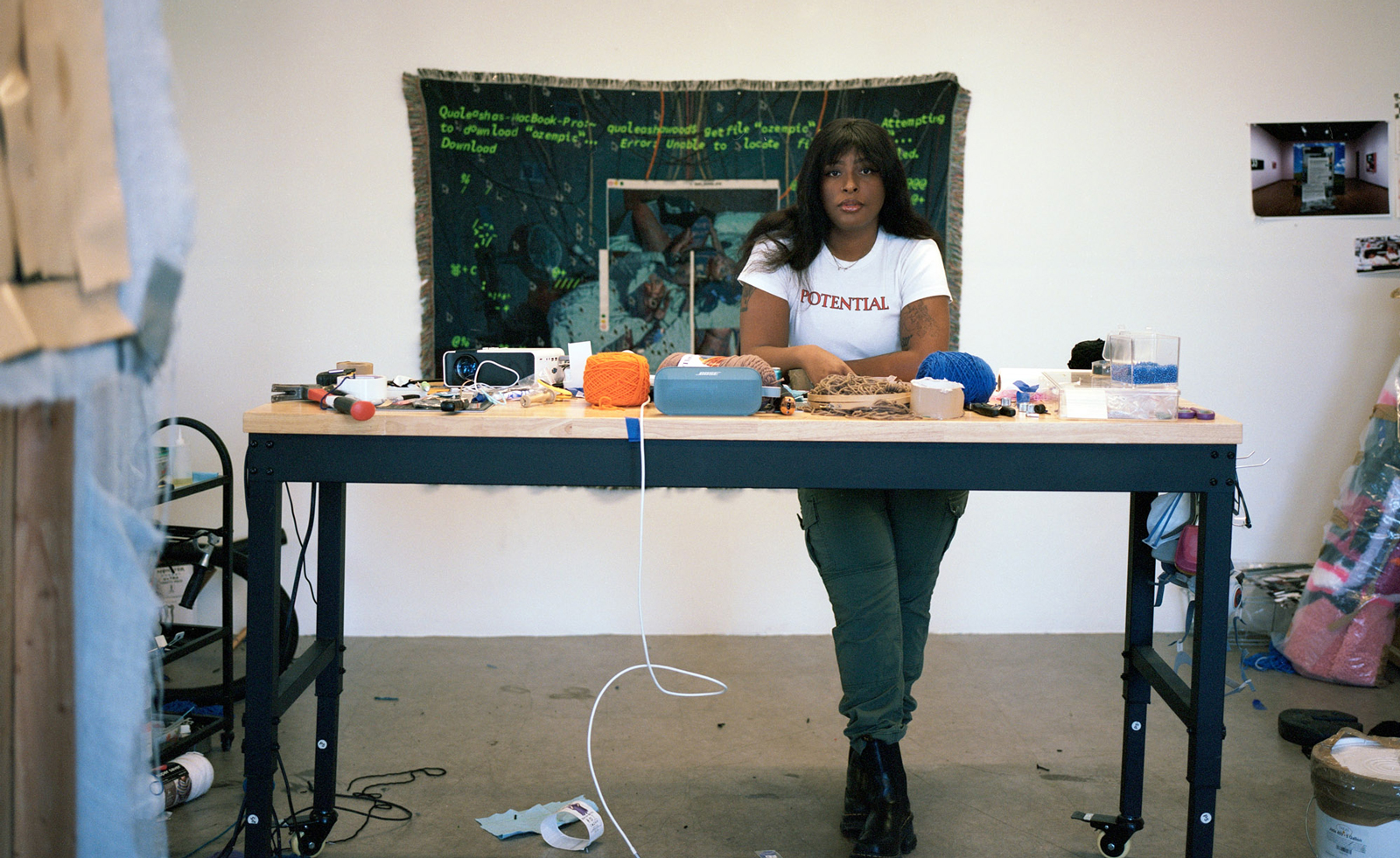 Artist Qualeasha Wood explores the digital glitch to weave stories of the Black female experience
Artist Qualeasha Wood explores the digital glitch to weave stories of the Black female experienceIn ‘Malware’, her new London exhibition at Pippy Houldsworth Gallery, the American artist’s tapestries, tuftings and videos delve into the world of internet malfunction
By Hannah Silver Published
-
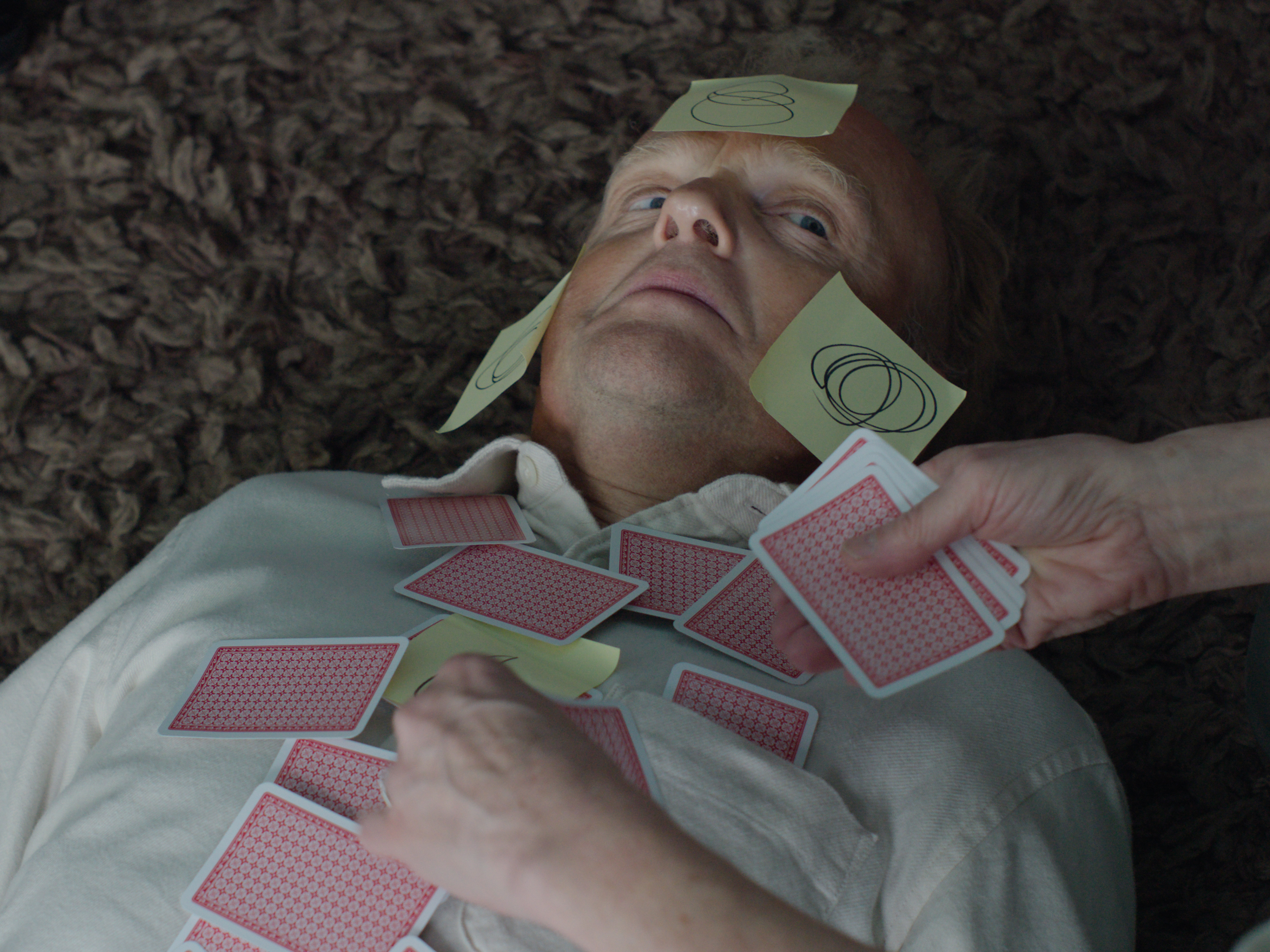 Ed Atkins confronts death at Tate Britain
Ed Atkins confronts death at Tate BritainIn his new London exhibition, the artist prods at the limits of existence through digital and physical works, including a film starring Toby Jones
By Emily Steer Published
-
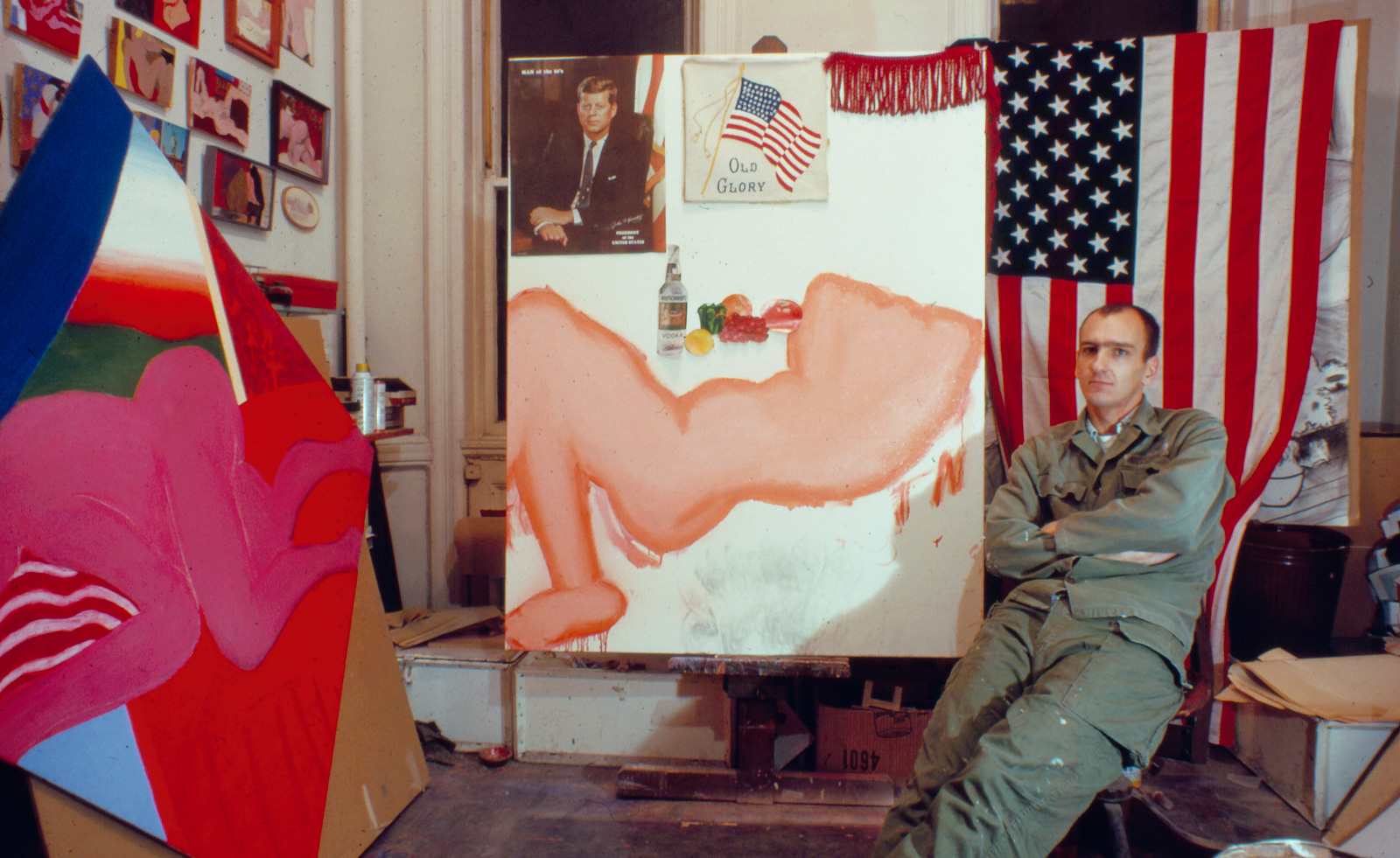 Tom Wesselmann’s 'Up Close' and the anatomy of desire
Tom Wesselmann’s 'Up Close' and the anatomy of desireIn a new exhibition currently on show at Almine Rech in London, Tom Wesselmann challenges the limits of figurative painting
By Sam Moore Published
-
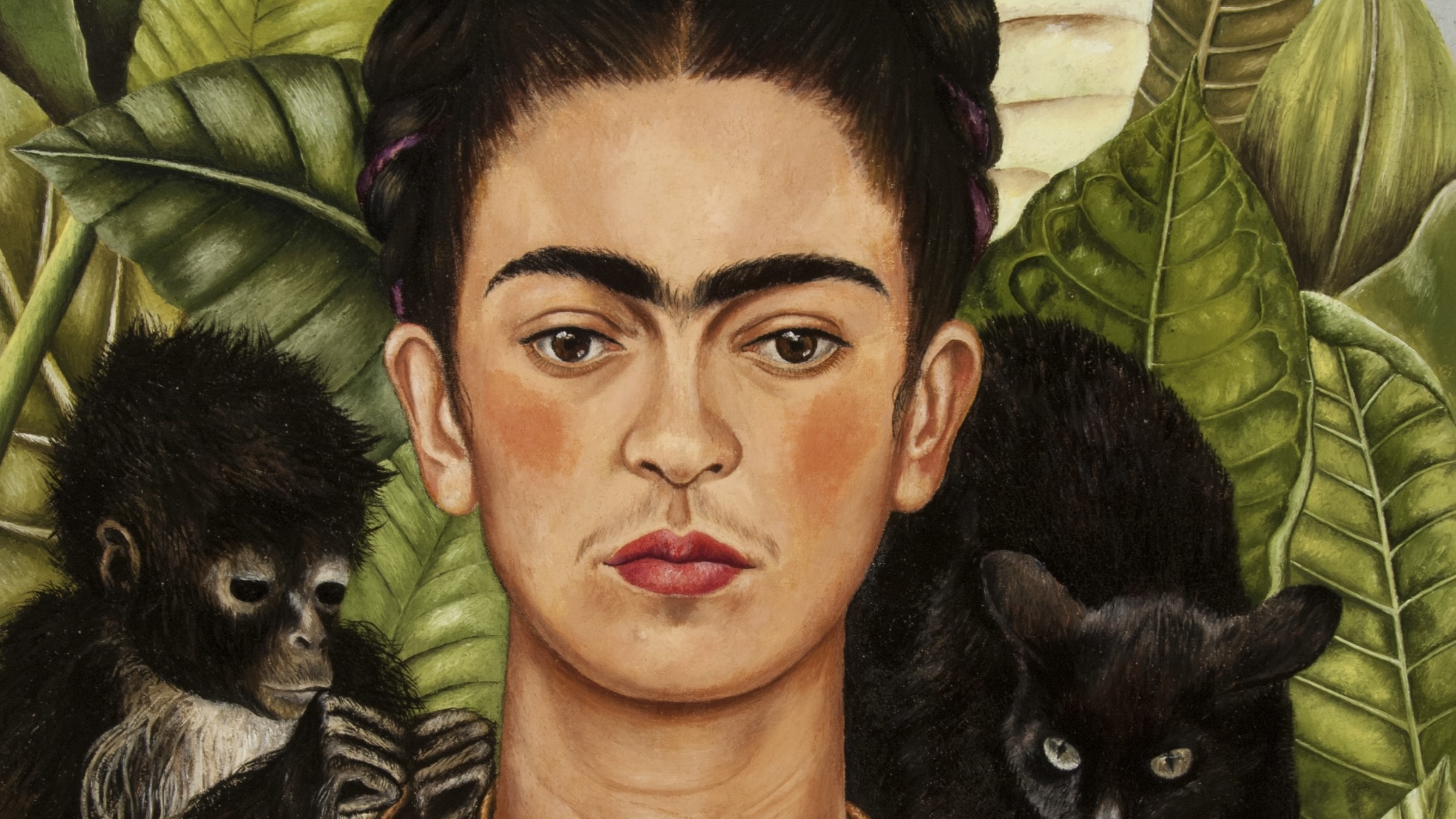 A major Frida Kahlo exhibition is coming to the Tate Modern next year
A major Frida Kahlo exhibition is coming to the Tate Modern next yearTate’s 2026 programme includes 'Frida: The Making of an Icon', which will trace the professional and personal life of countercultural figurehead Frida Kahlo
By Anna Solomon Published
-
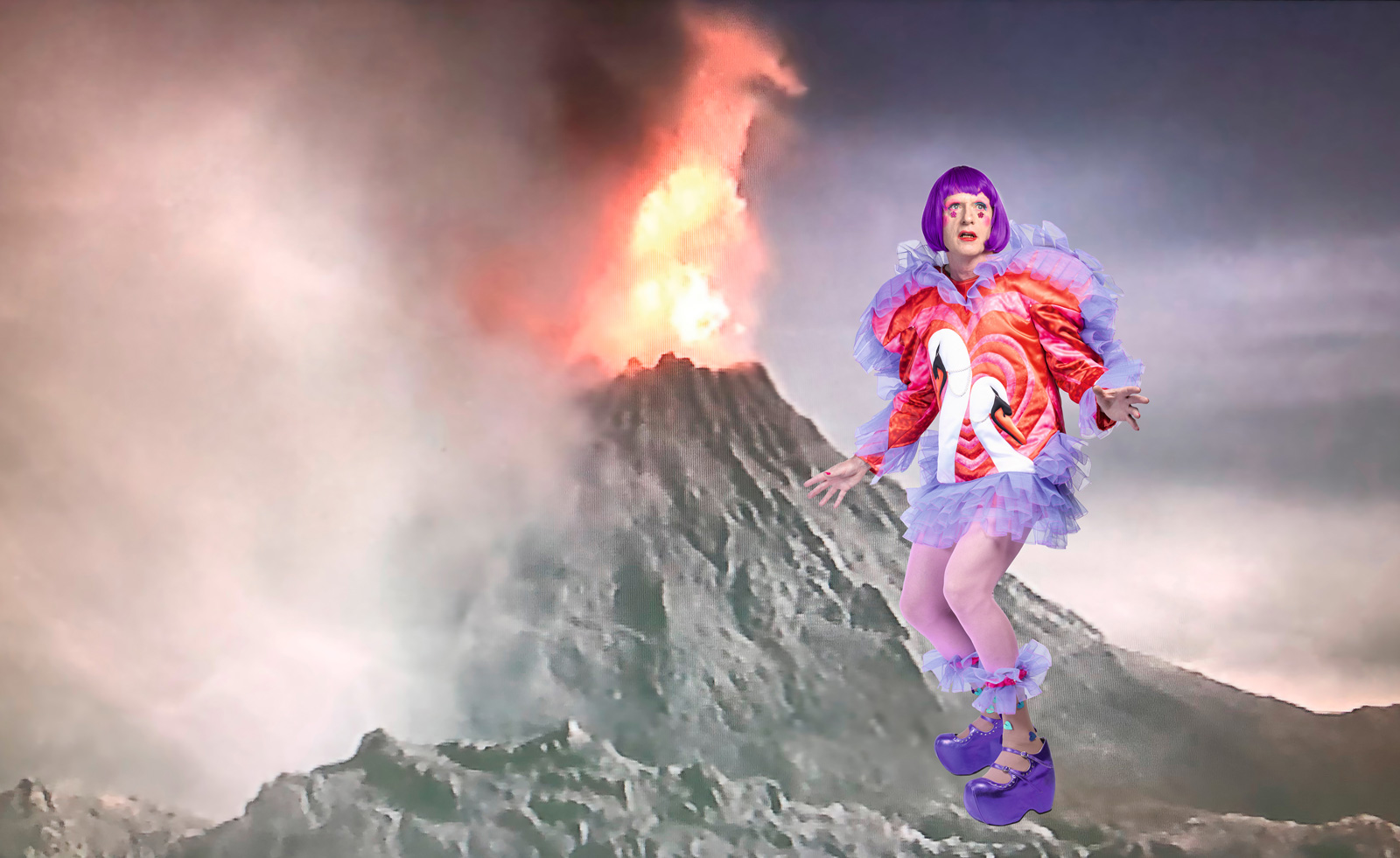 A portrait of the artist: Sotheby’s puts Grayson Perry in the spotlight
A portrait of the artist: Sotheby’s puts Grayson Perry in the spotlightFor more than a decade, photographer Richard Ansett has made Grayson Perry his muse. Now Sotheby’s is staging a selling exhibition of their work
By Hannah Silver Published
-
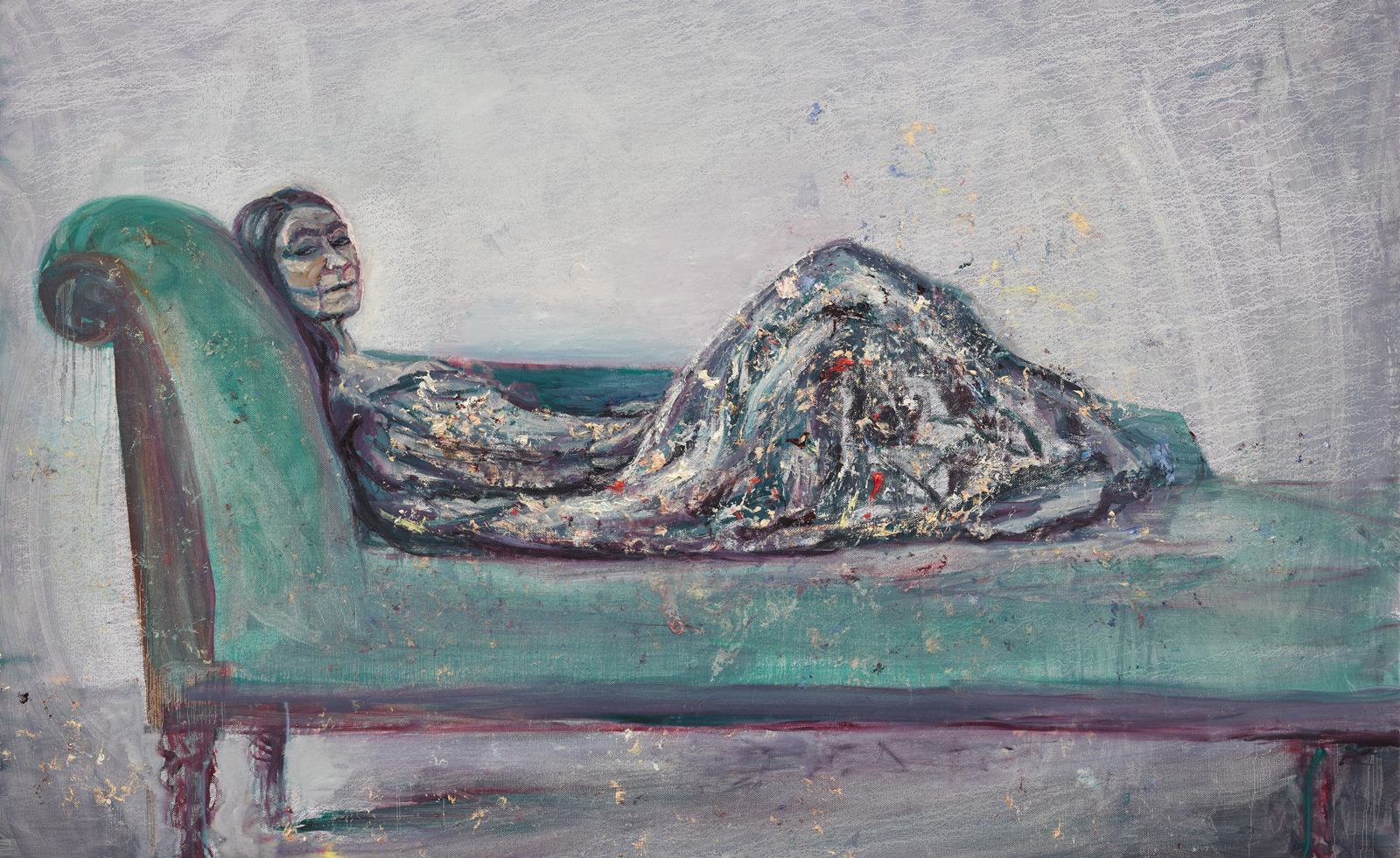 Celia Paul's colony of ghostly apparitions haunts Victoria Miro
Celia Paul's colony of ghostly apparitions haunts Victoria MiroEerie and elegiac new London exhibition ‘Celia Paul: Colony of Ghosts’ is on show at Victoria Miro until 17 April
By Hannah Hutchings-Georgiou Published
-
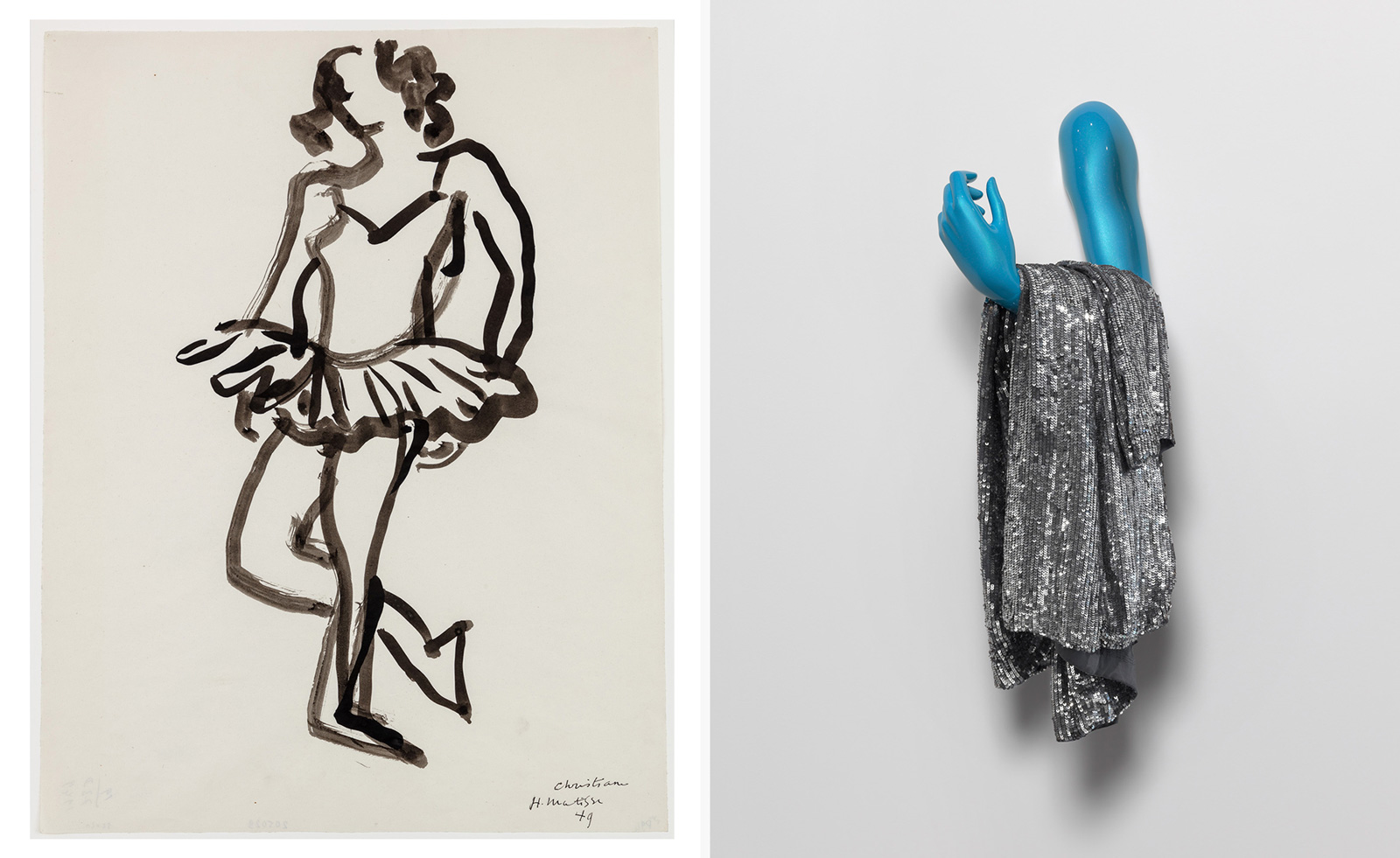 Sylvie Fleury's work in dialogue with Matisse makes for a provocative exploration of the female form
Sylvie Fleury's work in dialogue with Matisse makes for a provocative exploration of the female form'Drawing on Matisse, An Exhibition by Sylvie Fleury’ is on show until 2 May at Luxembourg + Co
By Hannah Silver Published
-
 What to see at BFI Flare film festival, 'a rich tapestry of queer experience'
What to see at BFI Flare film festival, 'a rich tapestry of queer experience'As one of the only film festivals to explicitly profile LGBTQI+ cinema, BFI Flare Film Festival remains a unique and beloved event. Here's what to see as it makes its return to London from 19 - 30 March
By Billie Walker Published